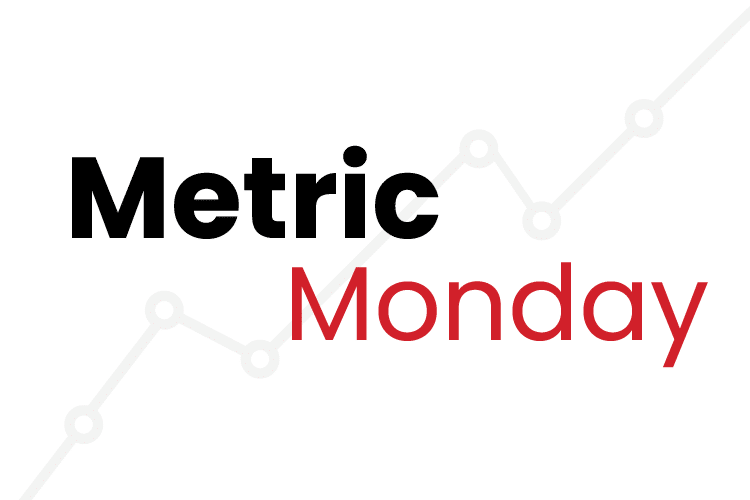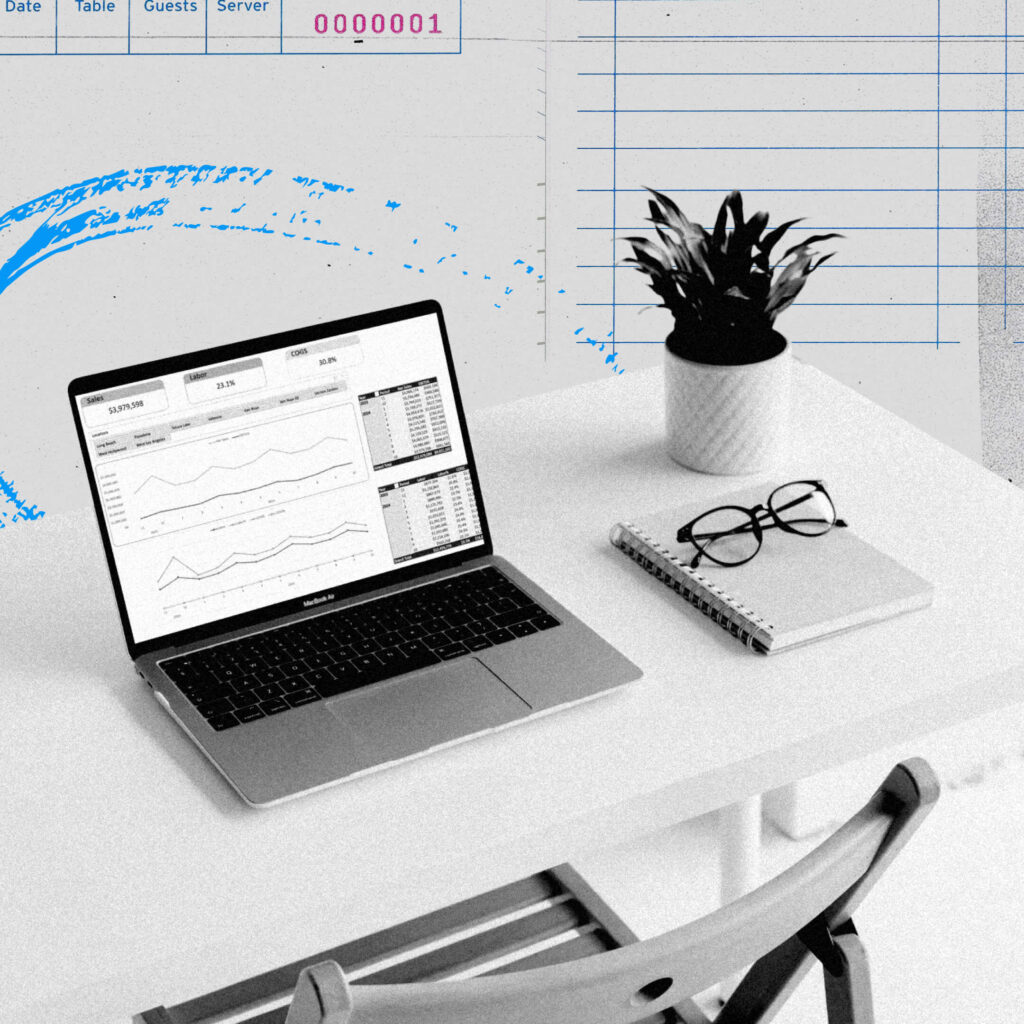Restaurant food waste statics 2023
- Globally, restaurants throw out approximately 3 billion tons of food each year.
- Almost 85% of food that isn’t used in American restaurants is thrown out.
- In U.S. restaurants, roughly 4-10% of purchased food never reaches the customer.
- According to the USDA, the restaurant industry loses $162 billion annually due to wasted food.
Common causes of restaurant food waste
- Over purchasing
- Over prepping
- Improper storage
- Spoilage
- Incorrect orders
- Kitchen mistakes
- Unsatisfied customers
- Excessive portions
Benefits of reducing restaurant food waste
Food waste is the single most common material landfilled and incinerated in the U.S., comprising 24 and 22 percent of landfilled and combusted municipal solid waste, respectively. Food waste contributes about 8% to global carbon emissions. Wasted food also means wasted energy, water, labor, transportation services, and packaging.
Conquering the food waste issue is not only good for the planet, it also greatly benefits your bottom line. Restaurant food waste is one of the largest areas of potential cost savings in a restaurant.
How to reduce restaurant food waste
How to reduce restaurant food waste
The key to reducing restaurant food waste lies in prevention, because you can’t waste food that was never ordered, prepped, or served in the first place. To determine areas where waste can be reduced, it is critical to track every food product.
Fortunately, we can use technology to guide us through alleviating the issue of food waste. Below are ways we can make the intelligent decisions that are the key to operators preventing waste based on your inventory, ordering, and prepping data.
Refine forecasting
Restaurant forecasting involves estimating crucial information like future sales, customer traffic, or menu ordering mix based on historical data. It draws information from sales data, market analysis, and broad economic assessments to recognize trends and proactively plan ahead to prevent costly food waste.
Master inventory
Inventory control is extremely important when you are trying to avoid waste. Knowing your inventory and understanding how it moves will greatly reduce spoilage, yet many operators find the inventory control process so time consuming that they continue to take risks by simply avoiding it. Tracking inventory does not have to be an overwhelming task, however. There are software options available that can track inventory in real-time down to how many ounces of ketchup are left in every one of your locations so you only order what you need, when you need it.
Improve ordering
Using sales history, you will be able to pinpoint how much product you will need for any given shift. Smart software solutions will even account for special events in the area and weather forecasts. Looking into software with suggested ordering will make this process even easier by eliminating the guess work.
Store perishables properly
Once the order is received, reduce the amount of spoilage in your restaurant by using the first-in/first-out method. It may take a little longer to unload shipments but moving the older stock to the front of the shelves and putting the new stock behind it will ensure that you are not wasting product. Also, be sure to mandate date labeling on all perishable products to help with storage and rotation.
Multi-purpose product
Study your PMix report for items that are not big sellers but quick to spoil and use them in other recipes. If you only use cherry tomatoes in the house salad recipe, consider changing the recipe to take them out or finding new ways to use them before they go bad such as adding a pasta special.
Reduce spoilage
Days on Hand (DOH) reports can also let you quickly identify items that have been in inventory too long and need to move quickly. If you ordered a large amount of ground beef because it was popular at this time last year, but current sales aren’t meeting expectations, you can have a Taco Tuesday special to use the meat before it goes bad.
Move inventory across multiple locations
Multi-unit operators with restaurants in close proximity can greatly reduce spoilage by moving product between stores. Be sure to invest in software that allows you to view inventory across multiple locations so that you can avoid the daunting and time-consuming task of calling each location and having them all check their inventory.
Stop over-prepping
At some point, over prepping is unavoidable. However, if the waste journal reveals that a pound of tomatoes is being thrown out every two days, then there is a definite forecasting problem. Many operators would rather have too much than not enough; however, a prep production software helps to guide restaurants to prep based on shelf life – this helps restaurants save time from prepping every day and reduces associated waste.
Right-size portions
Post-consumer waste refers to the leftovers that customers leave on their plates and can be greatly reduced by monitoring portion sizes. Recipe software allows you to use menu engineering to ensure both consistent food quality and comprehensive cost management throughout your entire operation.
Train employees
Make sure that your employees follow the prep sheets and par levels in the kitchen and that they are using a scale every time they prep and portion. Your customer satisfaction will also skyrocket because customers expect consistency when it comes to their favorite dishes.
Track waste
Waste should be tracked – at the very least – in the manager log. For even more accurate waste tracking, find a software that includes a waste transaction screen to allow users to enter waste of either inventory or recipes items. These transactions are reflected in the Count Variance report, which gives operators visibility into problem areas that need addressing.
Conclusion
Food waste is one of the largest areas of potential cost savings in a restaurant. All this data is most likely hiding in broad daylight right in your POS system and Business Intelligence reports just waiting to be turned into something actionable. While investing in technology to reduce waste may find itself at the bottom of your list of concerns, remember that conquering the food waste issue is not only good for the planet, it also greatly benefits your bottom line.



